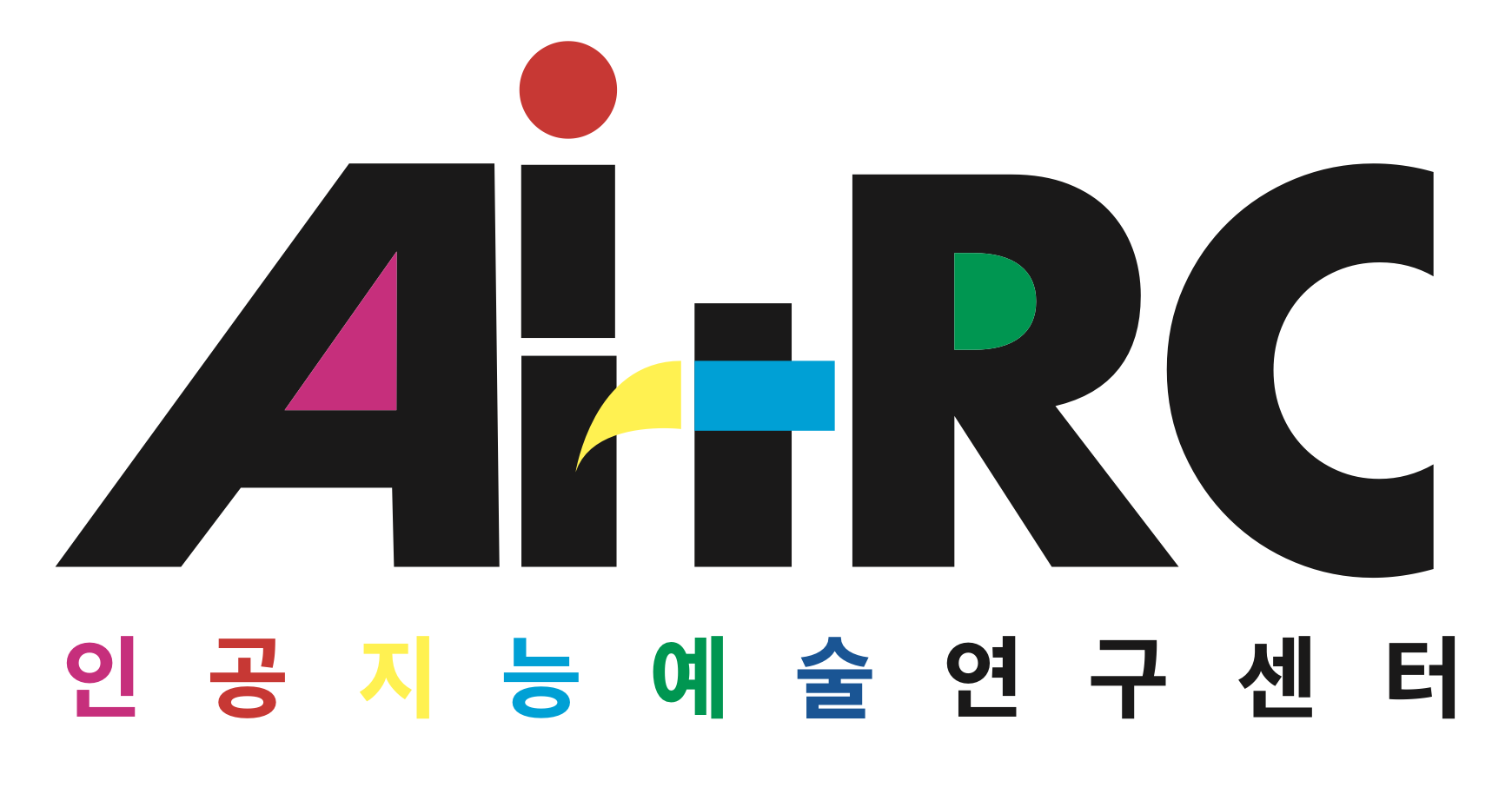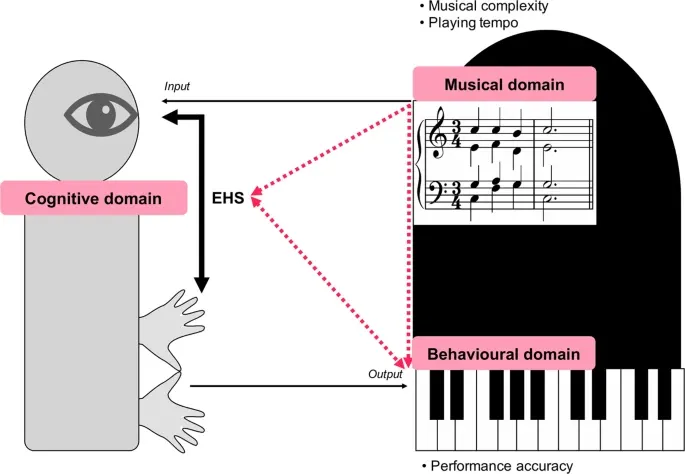Abstract
Eye-hand span, i.e., the distance between a performer’s fixation and execution of a note, has been regarded as a decisive indicator of performers’ competence in sight-reading. However, integrated perspectives regarding the relationship between eye-hand span and sight-reading variables have been less discussed. The present study explored the process of sight-reading in terms of three domains and their interrelations. The domain indicators included musical complexity and playing tempo (musical domain), eye-hand span (cognitive domain), and performance accuracy (behavioural domain). Thirty professional pianists sight-read four musical pieces with two different complexities and playing tempi. We measured the participants’ eye-hand span, evaluated their performance accuracy, and divided the participants into three groups according to their performance accuracy values. Interestingly, we found that the eye-hand span did not change solely based on the performance accuracy. In contrast, the relationship between the eye-hand span and performance accuracy changed according to the difficulty of the sight-reading task. Our results demonstrate that the eye-hand span is not a decisive indicator of sight-reading proficiency but is a strategy that can vary according to the difficulty of sight-reading tasks. Thus, proficient sight-readers are performers who are skilled at adjusting their eye-hand span instead of always maintaining an extended span.

